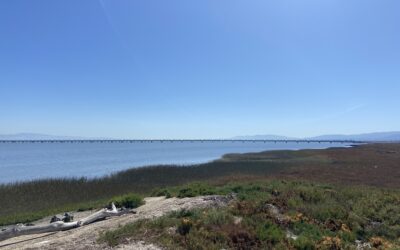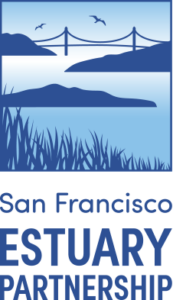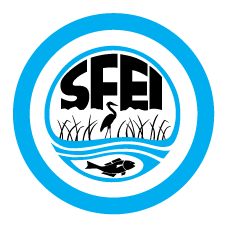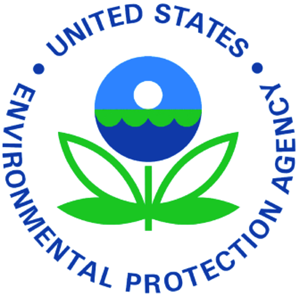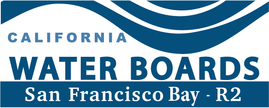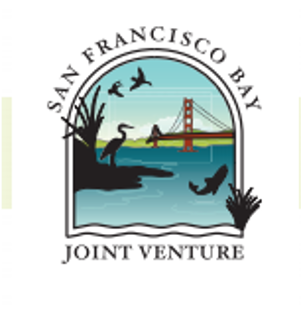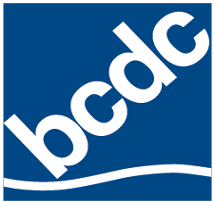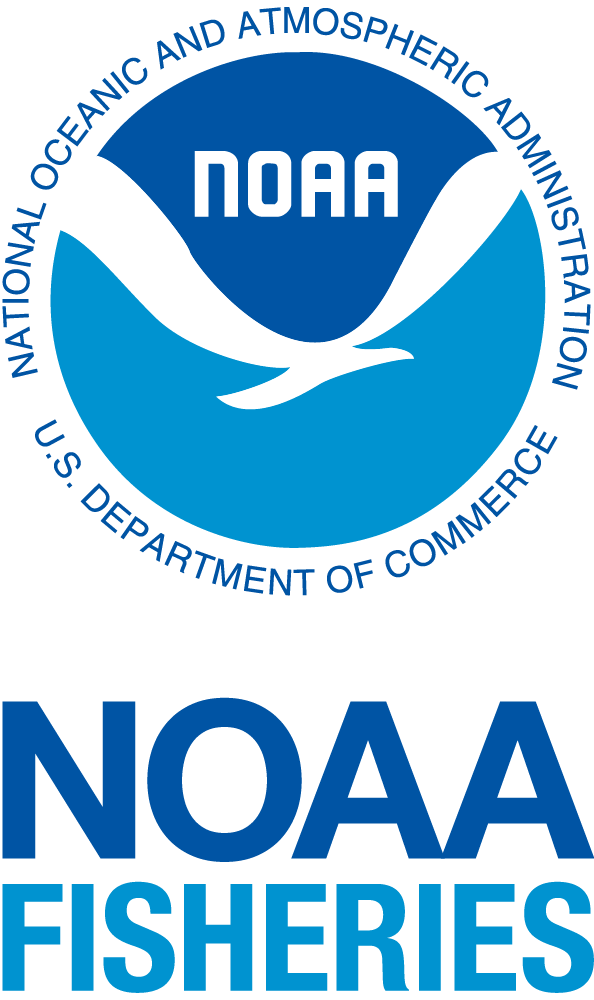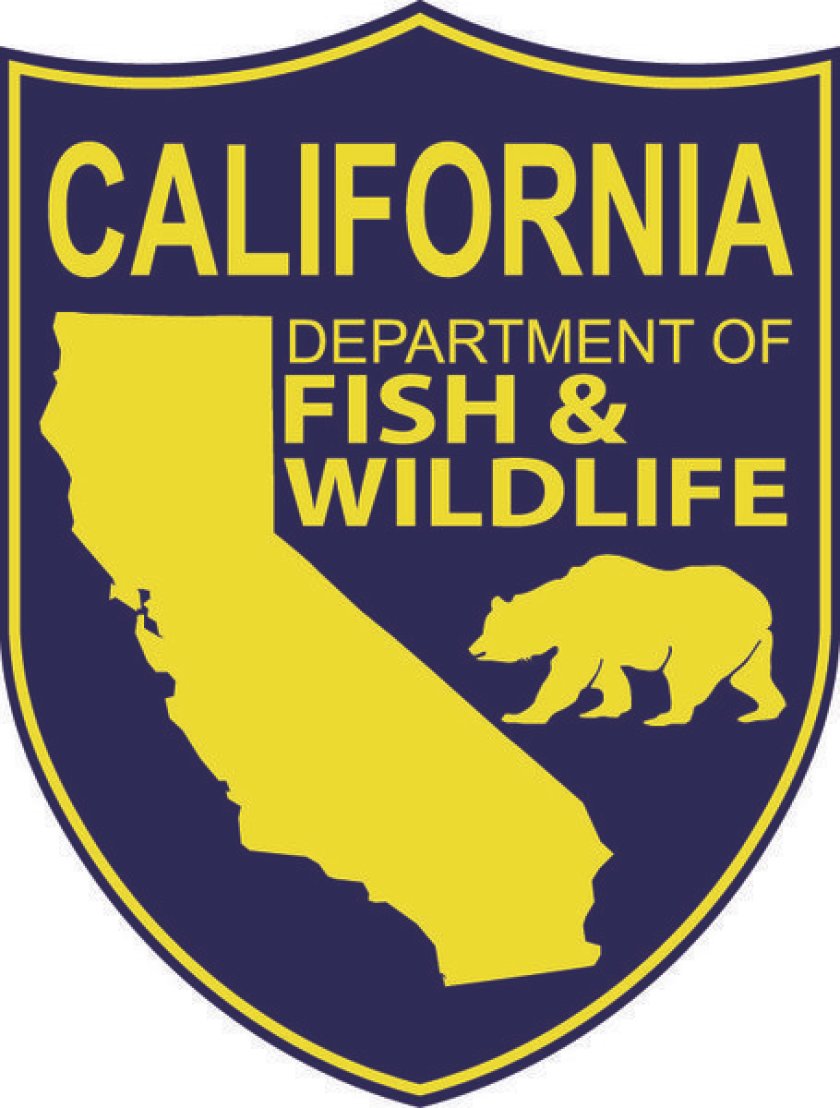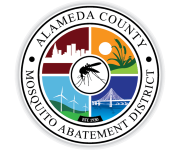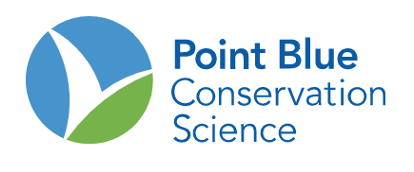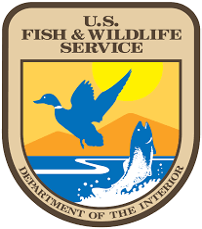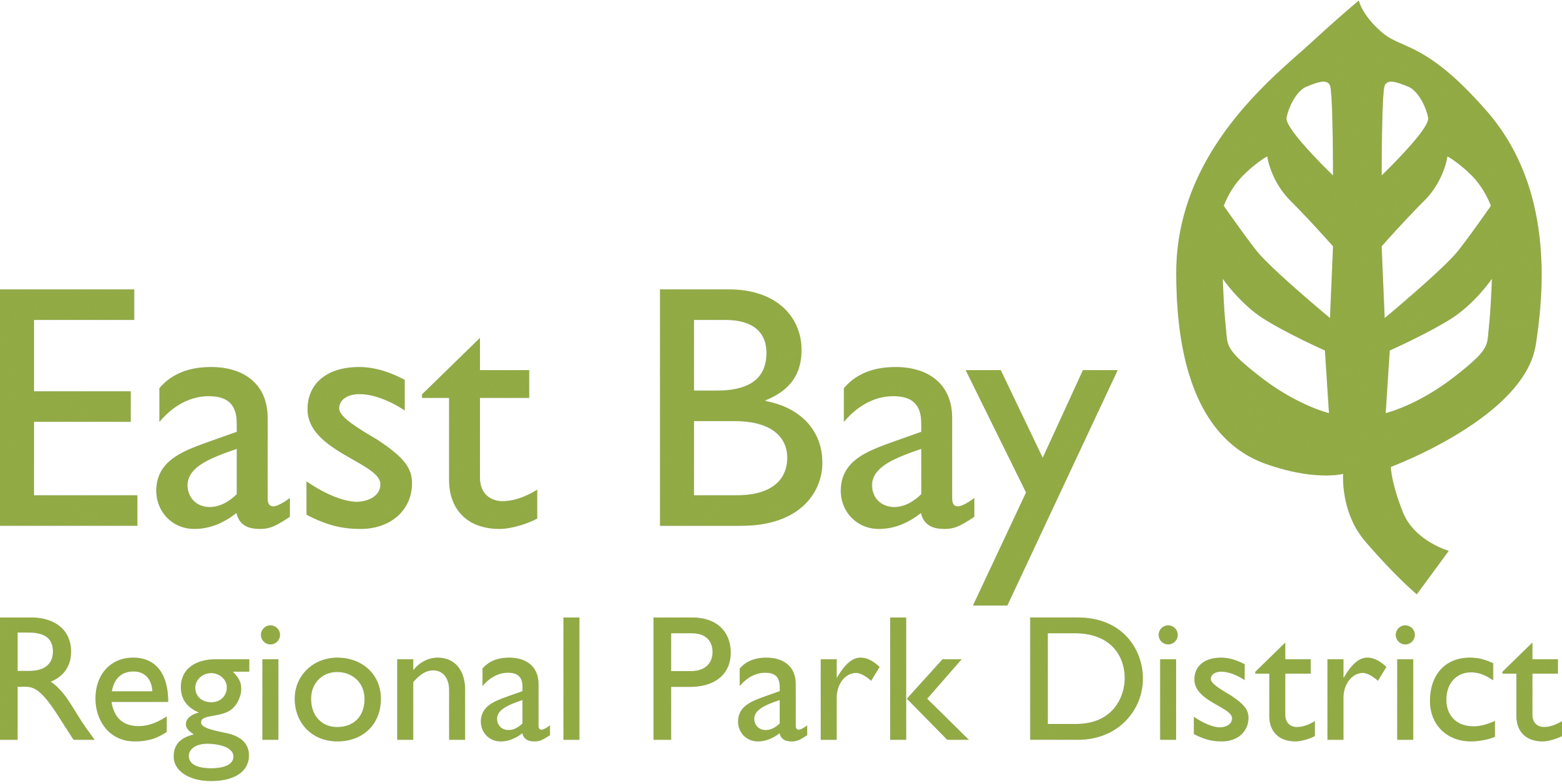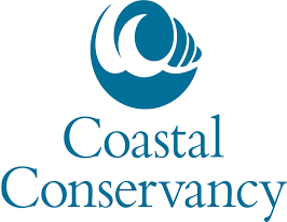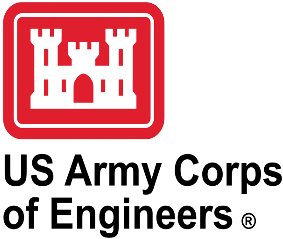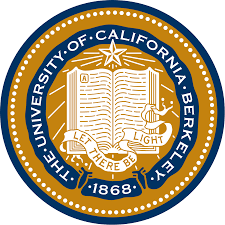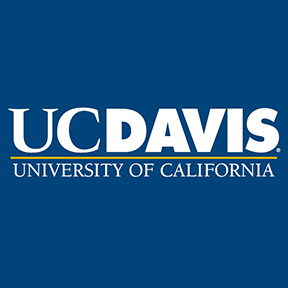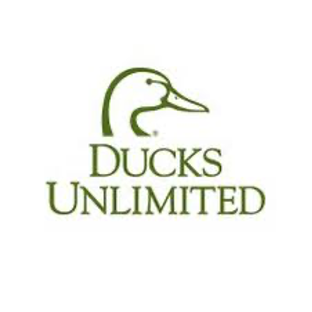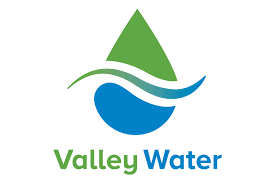Collaborative Science for Healthy Wetlands
Featured news posts
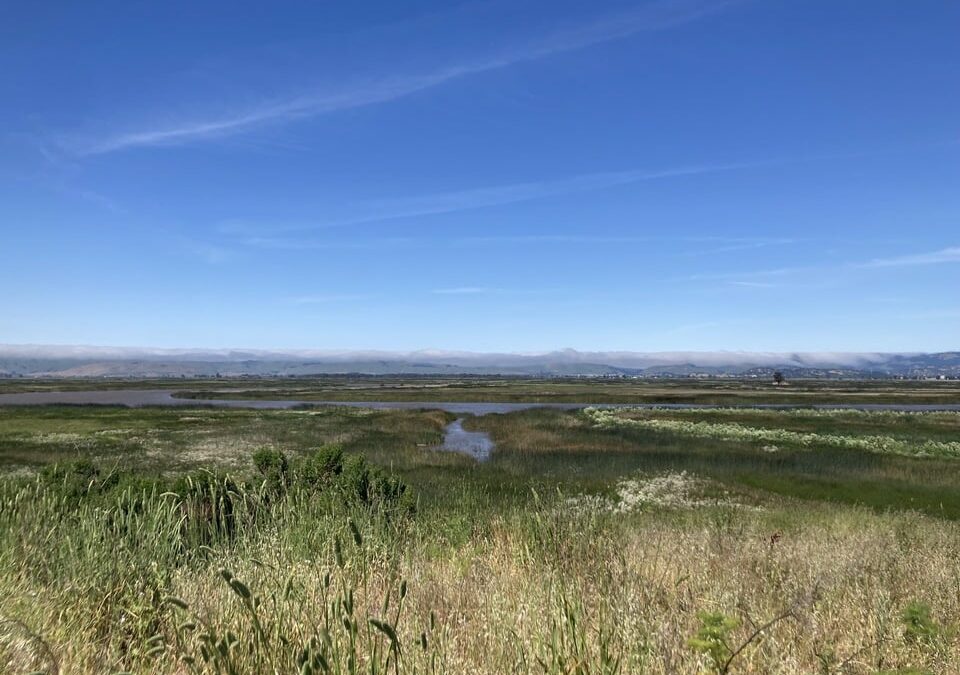
WRMP Summer 2024 Newsletter
This Summer 2024 newsletter highlights some of the key accomplishments of the WRMP over the past quarter, including the Baylands Habitat Map release and new funding.
WRMP Spring 2024 Newsletter
This spring 2024 newsletter highlights the WRMP People & Wetlands Workgroup, fish & fish habitat monitoring guidelines, upcoming website updates, EPA funding, and new Sea Grant State Fellow, Hannah Kempf!
WRMP Guidance on Fish and Fish Habitat Monitoring
The Fish and Fish Habitat workgroup has reviewed various techniques for monitoring fish and fish habitats over the past two years. The group recently released their findings and developed a shared monitoring protocol.
Winter 2023 Newsletter
This newsletter edition highlights key accomplishments during the fourth quarter of 2023, including updates on the Monitoring Plan and Standard Operating Procedures.
About the WRMP
The San Francisco Estuary restoration community is working rapidly to protect and restore wetlands that can provide flood protection, recreation, water quality improvement, and habitat for surrounding communities. In order to meet a regional target of 100,000 acres restored by 2030, close coordination is needed between land managers, scientists and regulators. The WRMP will improve wetland restoration project success by putting in place regional-scale monitoring increasing the impact, utility and application of permit-driven monitoring to inform science-based decision-making. Once in place, the WRMP will be a robust, science-driven, collaborative regional monitoring program that includes:
- Monitoring site network
- Open data sharing platform
- Comprehensive science framework
Our Mission
The WRMP delivers coordinated regional monitoring of the San Francisco Estuary’s wetlands to:
- Inform science-based decision-making for wetland restoration and adaptive management, and
- Increase the cost-effectiveness of permit-driven monitoring associated with wetland restoration projects.
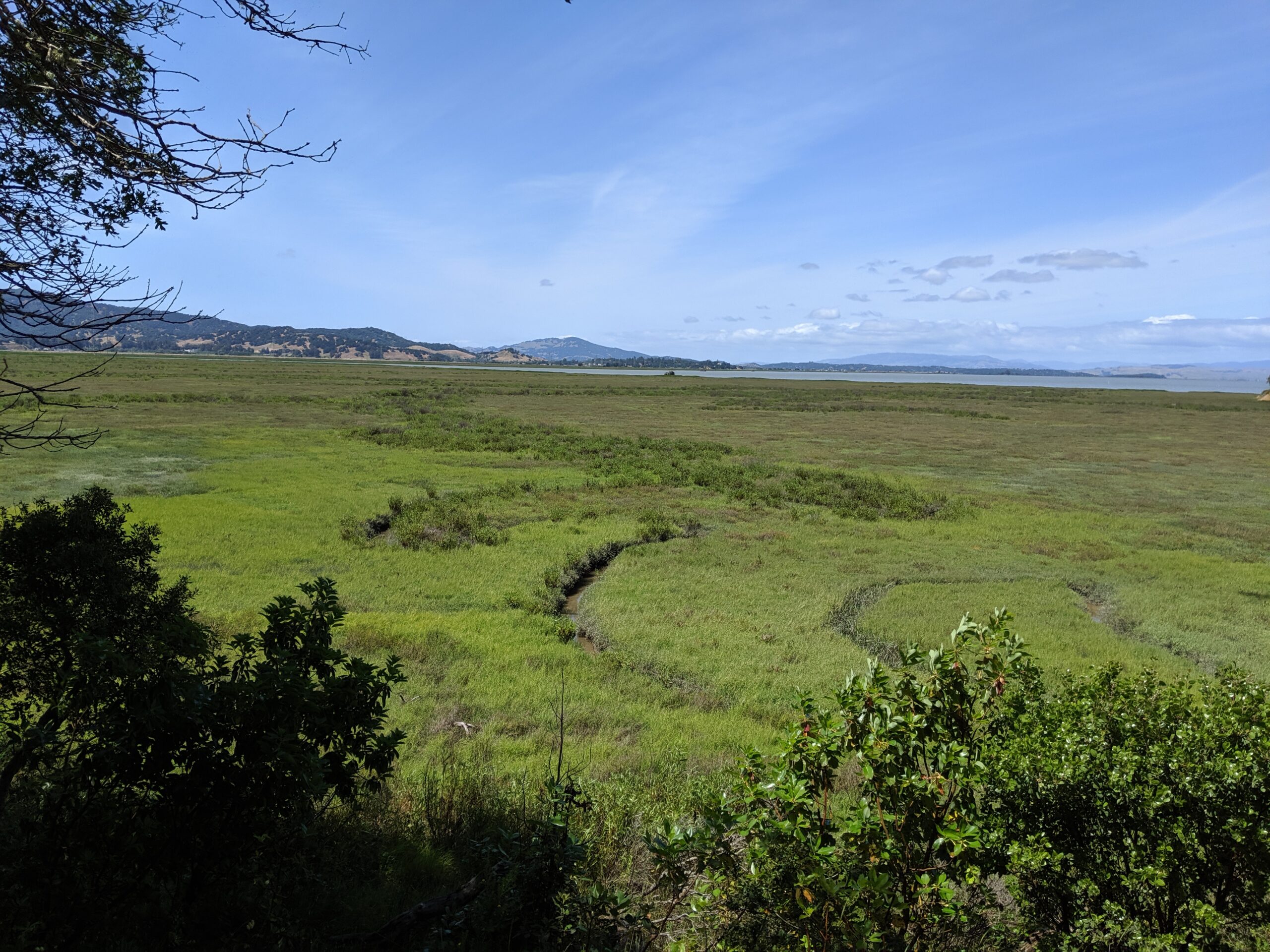
Why Regional Monitoring?
- Supports effort to meet 100,000 acre wetlands restoration goal
- Supports climate change adaptation and priority responses at regional scale
- Informs and potentially facilitates project specific monitoring
- Supports project design and adaptive management via centralized data management and analysis


